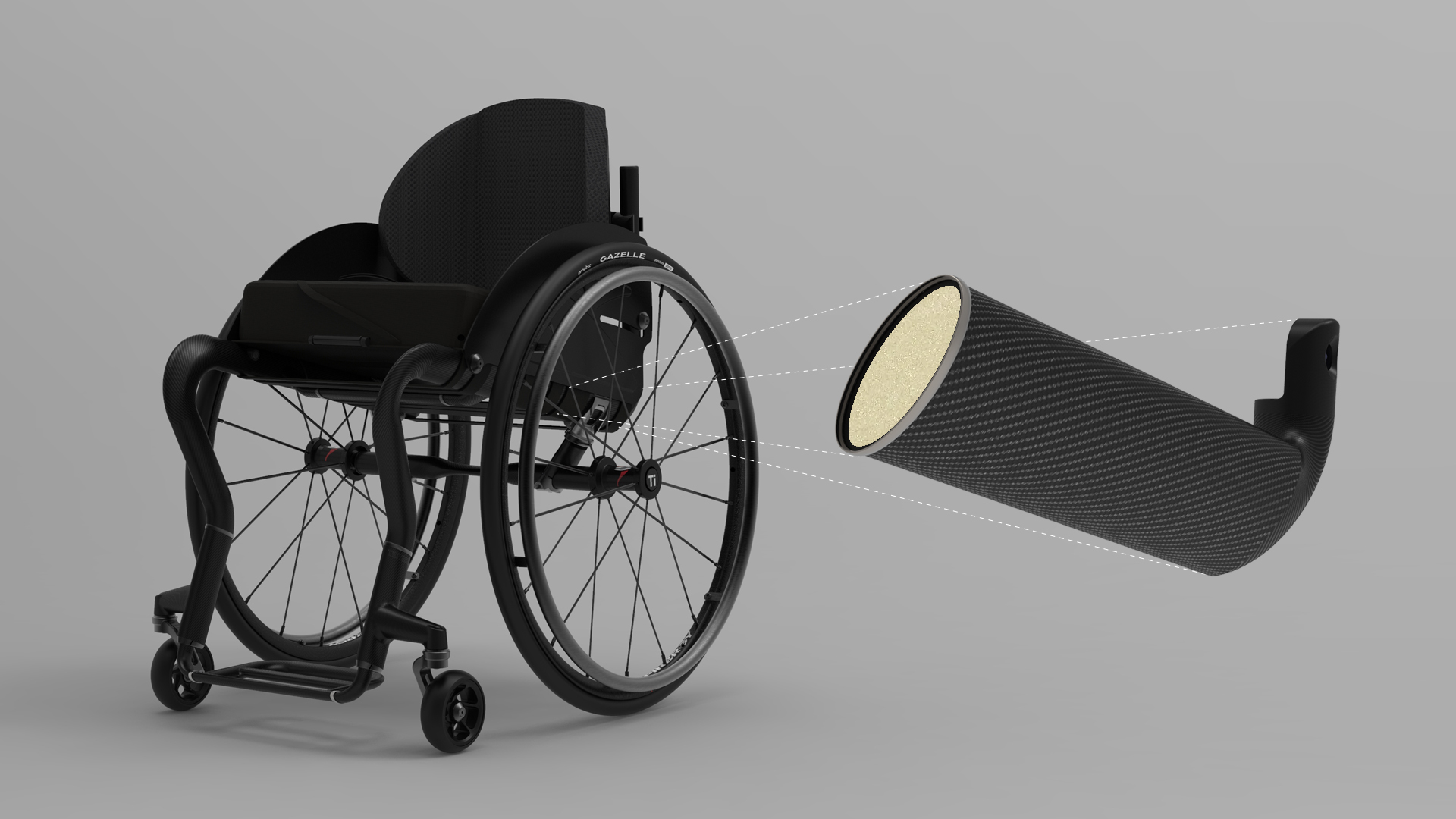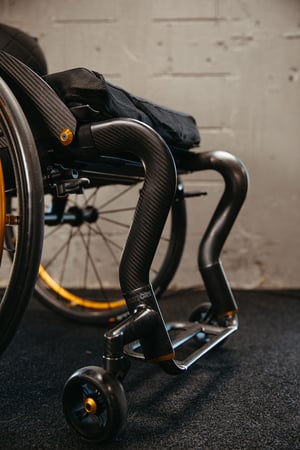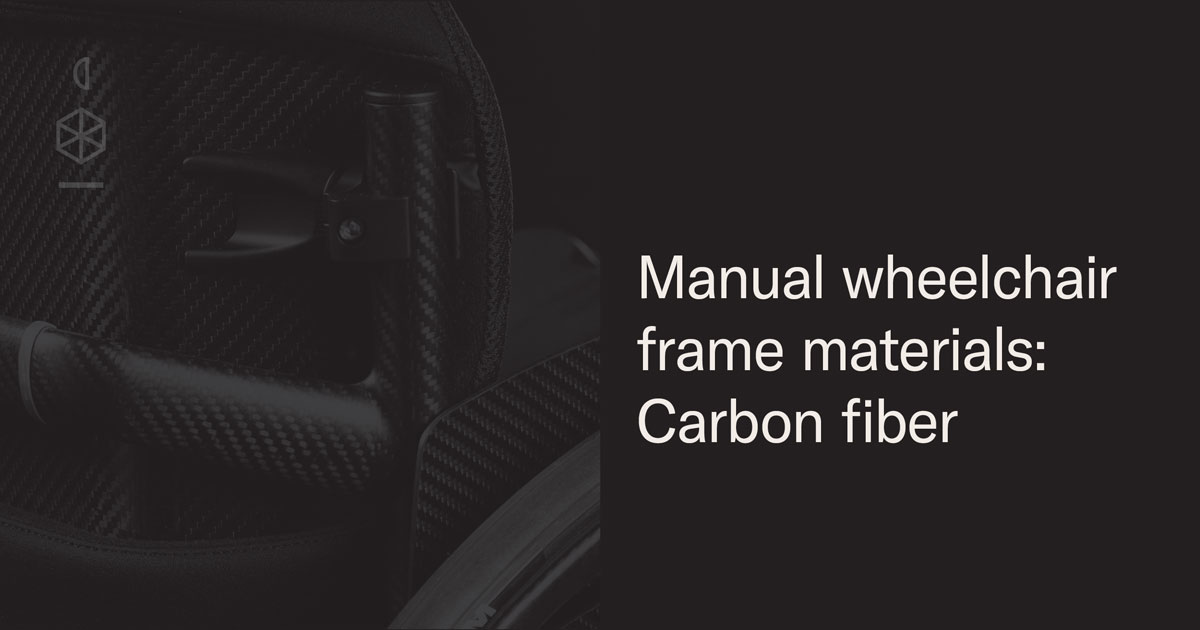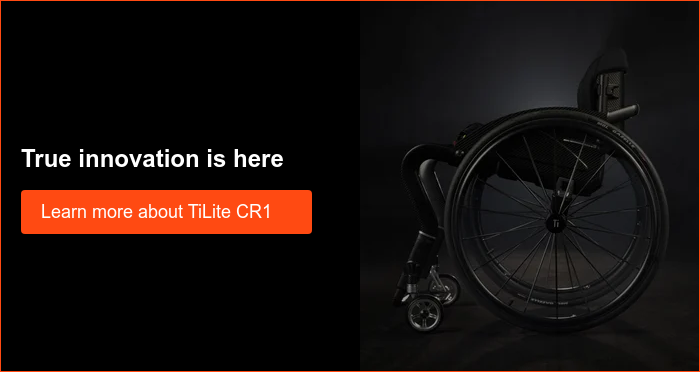At Permobil, one of our mottos is “Innovating for individuals”. We firmly stand on the foundation of the belief that everything we do is to better the lives of the individuals who use our mobility and seating solutions. We innovate for these individuals, not for a provider, clinician or payor source. This is evident in Permobil’s commitment to standing, which started in the 1970’s and continues today even though traditional funding sources deny the medical necessity; but, individuals deserve the opportunity to stand.TiLite follows a similar path with the materials that are used to design their manual wheelchairs. TiLite has long used titanium as the metal of choice to build wheelchairs due to its material properties. TiLite has continued to promote the use of titanium, even after Medicare passed a rule that made access to the material almost unattainable to most end users. Previously, a customer could pay for the titanium portion of the upgrade for the chair; but currently to get titanium, the client must pay for the entire cost of the chair upfront and then request reimbursement from medicare. This limits access to the individuals. Thankfully, a group of lawmakers proposed a bill, H.R. 5371 with the name Choices for Increased Mobility Act of 2023. The goal of this bill is to allow clients the right to choose the type of material their chair is made from and to create an avenue for access to the customers. Allowing better access to needed materials enables clinicians and providers more opportunities to provide wheeled mobility systems tailored to a clients’ needs and will improve outcomes. Permobil believes that in order to provide the best outcomes, the best and most up to date materials and technology must be used; which is why Permobil advanced through the road of innovation with the introduction of its first carbon fiber chair: the TiLite CR1.

A carbon bike, carbon fiber orthotic, carbon fiber brace, the term “carbon fiber” provokes thoughts of light weight and performance. As a clinician who has worked in the wheelchair world for the majority of my professional life, and working with people who require wheeled mobility for their functional locomotion; light weight and performance are at the top of the list for many riders. The Resna position paper on ultra-lightweight manual wheelchairs discusses how clinicians and providers need to consider the type of material the wheelchair made from and match the properties of the material to the client.
As CRT professionals, we are called to match the equipment (including the material) to the person who will be utilizing the wheelchair for mobility. To do that well with a carbon fiber wheelchair, we must understand the benefits and drawbacks.
Carbon fiber is a composite that is made up of thousands of strands of fiber that are woven together to create a fabric, or the carbon fibers can be aligned all in the same direction in a type of non-woven fabric known as Unidirectional. Carbon fiber is unique in that engineers can orient the fibers to respond differently depending on the types and directions of stress that the product will incur. For example, with a wheelchair, the legrest tube and back support portions of the chair can have a different layout than the horizontal rigidizer bar, seat tube or caster arms. This allows the wheelchair to be both stiff and forgiving for the desired ride characteristics, based on the direction of the fibers and the fabrics used. For the person using the chair, the result is a responsive but smooth ride and little of the propulsion energy is lost in frame flex.

Carbon fiber is also extremely light weight and resistant to fatigue. This is demonstrated in a study that was published by Gebrosky and colleagues*. The study tested a carbon fiber wheelchair durability against ANSI/RESNA standards, and concluded the carbon fiber wheelchair outperformed the metal counterparts in durability testing. When cared for properly, the chair frames last for a longer time potentially than their metal counterparts. Generally speaking, chairs made from carbon fiber are lighter than aluminum and titanium chairs, and the reduction in frame weight can improve a client’s ability to load and unload the chair into their vehicle.
One consideration with carbon fiber is that it does not withstand direct impact as well as aluminum or titanium. Due to the fabrication process, when a wheelchair suffers a direct or recurrent frame impact, the carbon fiber may crack. For this reason, when matching the chair to the individual, we must consider that person’s overall lifestyle and maintenance of the chair. For those individuals who may be a bit “rougher” on their chairs; a titanium chair may be a better match.
We at TiLite are really excited about the CR1. The chair is truly one of a kind and will provide an outstanding opportunity to improve clients’ functional mobility in style, but more exciting may be the venture into a new material and new technology that allows more freedom of choice for those who utilize wheelchairs for mobility.
 Thomas Halka, MOT, OTR, ATP
Thomas Halka, MOT, OTR, ATP


